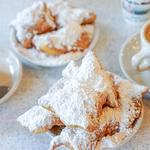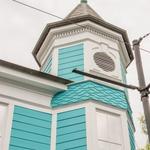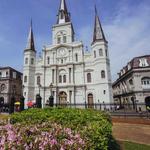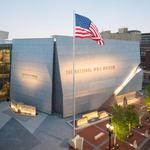Taylor & Fran
Exploring New Orleans
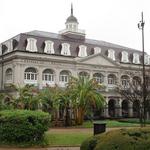
The Presbytère
The Presbytère was designed in 1791 to match the Cabildo, alongside St. Louis Cathedral in the French Quarter. It stands today as a beautiful reminder of both Louisiana’s singular past and its vibrant present. The Presbytère, originally called Casa Curial or “Ecclesiastical House,” was built on the site of the residence, or presbytère, of the Capuchin monks. The building was used for commercial purposes until 1834 when it became a courthouse. In 1911, it became part of the Louisiana State Museum.
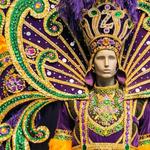
Mardi Gras World
The guided tour covers the history of the Carnival that has begun in 1837 with floats pulled by mule-drawn carriages, including the balls, the krewes, and other traditions. If you want a tour, a Mardi Gras World shuttle can pick you up for free from one of the many designated locations downtown and in the French Quarter.
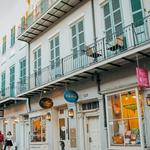
Magazine Street
Magazine St. is Main Street USA in true NOLA style, offering 6 miles of intermittent shopping and dining. While you will find a few national brands, locally owned is the norm. Unique boutiques, top chefs, art studios and markets have been popping up along this exceptional thoroughfare since the early days of New Orleans. Some of these family owned shops are closed on Sundays, so be sure to check their hours.
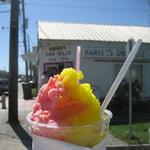
Hansen's Sno-Bliz
A favorite summertime treat among New Orleans residents is the snowball. The frozen concoction known as a “snow cone” in other parts of the country bears no resemblance to the iconic New Orleans dessert, which features delicate shaved ice rather than crushed or ground-up ice. When paired with syrup flavors like cream of nectar, bananas foster, or wedding cake, you can’t go wrong!
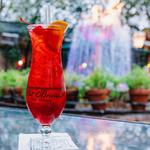
Pat O'Brien's
In the 1940’s many US distilleries were used to manufacture necessities for war time, and domestic liquor was scarce. However, Rum coming up the Mississippi river from the Caribbean islands was plentiful. In order to buy a case of Bourbon, for example, there was strong incentive to purchase large quantities of rum. The folks in the bar experimented with recipes, and eventually everyone agreed that passion fruit was a hit! A glass shaped like a hurricane lamp was the perfect vessel and the Hurricane drink became New Orleans favorite libation.
